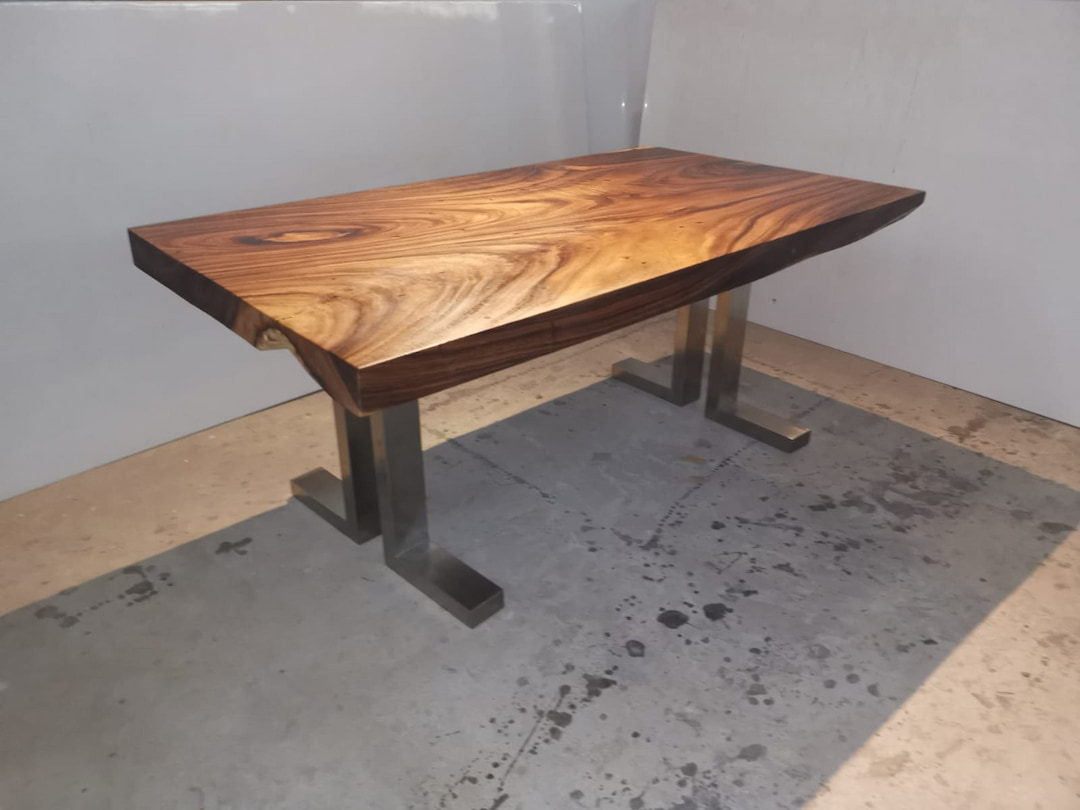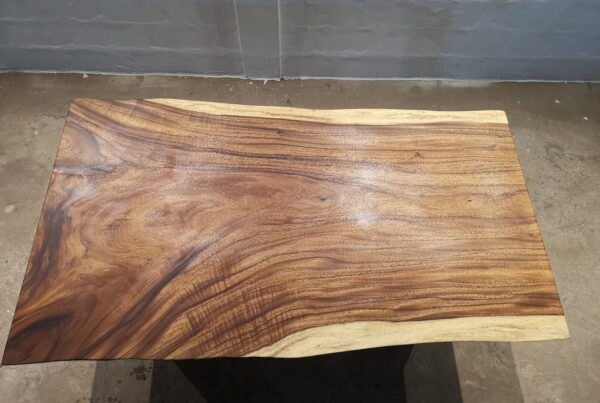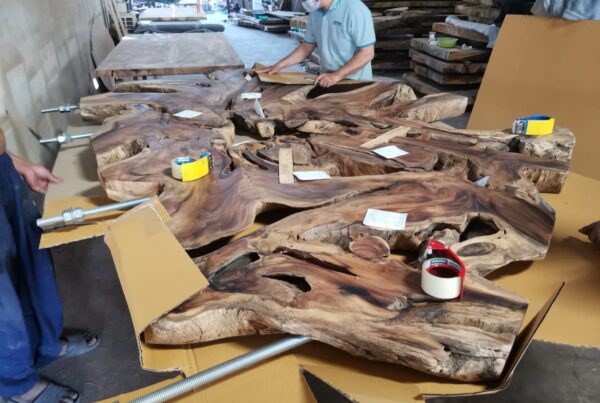When buying a wooden table, you should be aware of the types of wood it is made of. These woods vary in color, grain pattern, hardness, and cost. This article will introduce some of the most common types of wood for wooden tables and their characteristics. You can choose a type of wood based on your personal preference.
Macassar Ebony
Macassar ebony is a dark reddish-brown wood that is similar in appearance to red mahogany. The name “ebony” comes from the Macassar tree, which was named after the Indonesian island from which it originates. This wood has a fine grain that is characterized by a honeycomb texture. It has high density and hardness and can be used for furniture, veneers, turning blanks, and musical instrument parts.
Macassar ebony is also prized for its attractive color. It has a reddish hue with a warm tone, making it an exceptional choice for artwork and decorative finishes. Because of its durability and resistance to warping, it is especially suitable for use in boat building and shipbuilding applications.
However, despite its many benefits, macassar ebony is not well known among consumers today. This is because it is difficult to find and expensive to purchase. Most dealers are only interested in selling premium products to collectors who have the means to afford this expensive wood.
 Acacia
Acacia
Those who are aware of how to gaze at acacia wood are able to appreciate the inherent beauty of wood as it matures, becomes older, and alters its appearance over the course of time. When people start families, construct homes, and furnish those homes with wooden furnishings, the warmth and allure of wood are passed down from generation to generation.
Acacia hardwood tables are valuable because they provide a link between the past and the present, which is the core of value. The earth and all of its living things can be honored through the construction of a table out of natural materials and with consideration for the surrounding ecosystem.
Rain Tree / Samanea Saman / Monkey Pod
The raintree, which was native to Central and South America, is also known as saman, suar and monkey pod wood. On the other hand, it has been widely distributed throughout South and Southeast Asia in addition to the Pacific Islands, which includes Hawaii.
It is characterized by a tree that has a broad canopy and a huge crown that is symmetrically fashioned like an umbrella. The Rain Tree is able to adapt to an incredibly broad range of climatic conditions and grows very quickly as a result of its large ecological amplitude.
It has a weight that is about average and is not very heavy. It is quite simple to tell the difference between the sapwood, which is yellowish-white, and the heartwood, which ranges in color from light to dark brown. This wood is exceptionally steady and long-lasting, does not distort, and can withstand the onslaught of many insects and rodents. In particular, the grain of this wood is not easily confused with the grain of other woods since it is straight, wavy, and visually appealing.
Slabs of Rain Tree, Samanea Saman, or Monkey Pod wood are frequently utilized for usage as countertops in a variety of settings, including workplaces, kitchens, restaurants, and living rooms. There is a moderate to significant price disparity.
The LTJ Arbor offer
We utilize wood that is both environmentally friendly and reclaimed from local trees that have been felled in our immediate area. The live edge dining tables have a one-of-a-kind finish that is an epoxy resin coating with a high sheen that is designed for usage both inside and outside, while the live edge coffee table has an oil finish that is hand-coated using an ancient Asian process.



 Acacia
Acacia![The many uses and benefits of resin tables [part 2]-22](https://ltjarbor.com/wp-content/uploads/2022/01/The-many-uses-and-benefits-of-resin-tables-part-2-22-e1642739105272-600x403.jpg)

